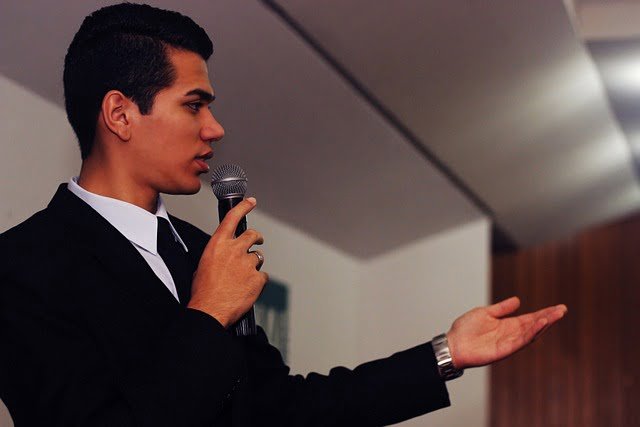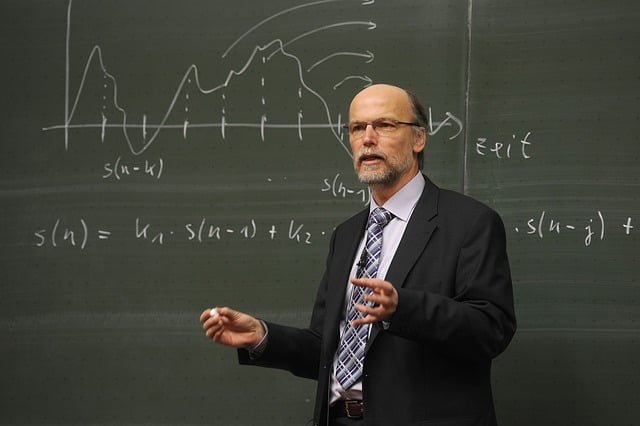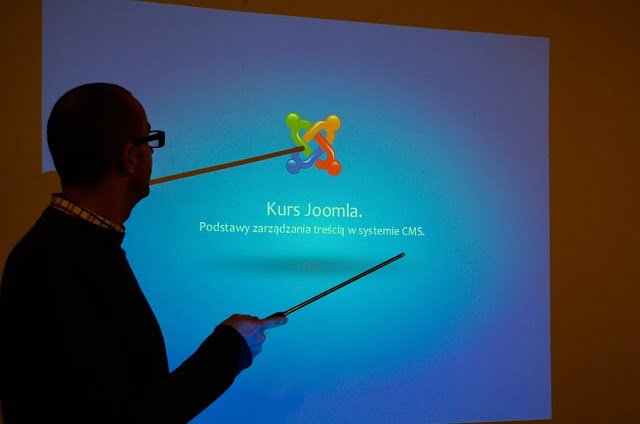
Young vs. Senior Educators
Table of Contents
Young vs. Senior Educators – Embracing Strengths and Bridging Gaps
The debate between young and senior educators has persisted for generations. Both age groups bring unique strengths and perspectives to the classroom but face distinct challenges. Exploring the plus and minus points of each set of educators and recognizing the shining examples of experienced educators who seamlessly embrace technology is essential.

Young Educators [ Young vs. Senior Educators ]
The plus points of young educators are apparent and often celebrated. Their tech-savviness is a significant advantage in today’s digital age. Having grown up immersed in technology, they effortlessly integrate modern tools, apps, and platforms into their teaching methods, creating engaging and interactive learning experiences for their students. Their fresh perspective challenges traditional approaches, encouraging innovative teaching techniques that can invigorate the learning process and captivate young minds. Moreover, being closer in age to their students, young educators often establish stronger teacher-student relationships, thanks to a natural sense of relatability.
On the downside, young educators may lack the depth of experience that comes with time. While enthusiasm fuels their teaching, they might encounter challenges when dealing with complex classroom situations or diverse student needs. Wisdom, often a product of experience, may take time to develop fully, potentially impacting their decision-making and problem-solving abilities.

Senior Educators [ Young vs. Senior Educators ]
Senior educators possess a wealth of experience that serves as their greatest asset. Their extensive time in the classroom has exposed them to various scenarios, allowing them to hone their teaching techniques and develop strategies to handle diverse situations effectively. This accumulated wisdom brings a sense of patience, and they can provide valuable life advice to students while they can navigate classroom challenges with composure. Acting as bridges between traditional and modern teaching methods, older educators blend time-tested practices with new technology, creating a holistic and well-rounded learning environment.
However, some older educators may struggle with rapidly evolving technology. Integrating digital tools into their teaching might prove challenging, potentially hindering their effectiveness in a tech-driven world. Moreover, their years of experience might lead to resistance to change, making it difficult for them to explore the benefits of innovative teaching methods fully.

Young vs. Senior Educators
Shining Examples: The Ever-Glowing Stars of Education
In the ever-evolving world of education, some remarkable educators embody the spirit of lifelong learning and seamlessly bridge the perceived technological gap between generations. These ever-glowing stars prove that age is merely a number and that staying relevant in the fast-paced digital age is not bound by years but passion and determination.
These experienced educators are not content with resting on their laurels; they recognize the importance of adapting to the changing educational landscape. They embrace a growth mindset, seeing challenges as opportunities for growth and transformation. Rather than being intimidated by technology, they view it as a powerful tool to enhance their teaching methods and elevate their students’ learning experiences.
One key factor that sets these shining examples apart is their commitment to continuous learning. They understand that education is not a static field; it requires constant evolution to meet the needs of modern learners. As such, they actively seek professional development opportunities, attend workshops, and participate in seminars exposing them to the latest advancements in educational technology and teaching methodologies.
Collaboration is another cornerstone of their approach. These experienced educators understand the value of working together with tech-savvy colleagues. They exchange ideas, share best practices, and learn from one another. This collaboration fosters a supportive and innovative community where diverse perspectives blend harmoniously to elevate the standard of education.

Young vs. Senior Educators
In addition to face-to-face interactions, these shining stars leverage online resources to stay informed and connected. They explore educational platforms, attend webinars, and engage in virtual conferences, broadening their horizons beyond the physical confines of their classrooms. Embracing technology in their professional development journey, they set a powerful example for their students, demonstrating the importance of continuous learning and adaptability in the modern world.
These educators’ vast experience is a guiding light, illuminating the path for their younger colleagues. They generously share their insights and wisdom, mentoring the next generation of educators. Their guidance extends beyond lesson plans and curriculum; they offer valuable advice on navigating the intricacies of the teaching profession and cultivating resilience in the face of challenges.
Moreover, their influence extends far beyond their immediate circles. The positive impact they have on their students is immeasurable. These ever-glowing stars inspire their students to be curious, interested, and open to change. They instill a passion for learning and a desire to explore beyond the confines of textbooks. In doing so, they ignite a spark within their students, nurturing a love for knowledge that will accompany them throughout their lives.
The contributions of these experienced educators go beyond the walls of their classrooms; they extend to the growth and development of the educational community as a whole. Their unwavering dedication to their craft elevates education standards, setting benchmarks for excellence that others aspire to achieve. They are beacons of inspiration, illuminating the way for the future of education.

Young vs. Senior Educators
In conclusion, young and old educators play vital roles in the vibrant world of education. The key lies in embracing each other’s strengths and bridging generational gaps. Collaboration between young and old educators results in a dynamic and enriching educational environment, benefiting educators and students alike. Let us celebrate the diversity of educators, recognizing that excellence knows no age – it is a result of passion, dedication, and a genuine love for teaching.
The beauty of blending young and old educators lies in the mutual exchange of wisdom, knowledge, and innovation. When each generation is allowed to shine for the betterment of the educational system, a harmonious symphony of teaching excellence is born. By embracing the unique strengths of both age groups, the academic community creates a dynamic and forward-thinking environment that enriches the lives of students and educators alike.
Let us celebrate the power of collaboration, for it is through blending generations that the educational landscape thrives, evolves, and remains timeless. As the baton is passed from generation to generation, the melody of teaching transcends the boundaries of time, creating a legacy of passion, dedication, and transformative learning experiences for generations to come.
Stay Fabulous dear Teachers!
More Stories
- Aklan Catholic College (ACC): Embracing Unity and Growth | Teambuilding
- Fresh Theory Skin Review | A Midlife Journey to Enhancing Aging Skin
- Coconut Milk Hair Treatment: Nourishing Your Locks for Lustrous Hair
- Mang Inasal: My Fabulous Experience with Food, Friends, and Fun!
- Scarborough Seafood NGC: Where Culinary Delights Meet Seaside Charm
- Shibuya Crossing: Where the Bustle and Beauty of Tokyo Collide
- Joint Venture of Primeelectric and CENECO: Powering Progress
- Say YES to the JVA! | Joint Venture Agreement – Primelectric and CENECO
- Marketing and Entrepreneurship Department Teambuilding [USLS]
- Kimono: Unveiling the Timeless Elegance and Cultural Significance
- Quan Delicacies | Party Bilao: Elevating the Delight of Native Flavors
- Ramen: A Personal Journey in Japan’s Culinary Delights
- Sushi: Savoring the Delightful Artistry | Fabulous Asian Lifestyle
- Roco’s Studio Photography: A Fabulous Photoshoot Experience
- Young vs. Senior Educators : A Symphony of Teaching Excellence



